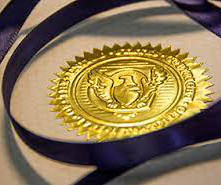Professional Photographer Files Copyright Infringement Suit Against Used Car Dealers
Indiana Intellectual Property Law
MARCH 30, 2023
in Computer Science at the University of Texas at Austin and has since combined his love for photographic art and computer science by building an online system to help protect artists’ works on the internet. They serve over 100 million shoppers annually and work directly with over 22,500 dealerships nationwide.












Let's personalize your content